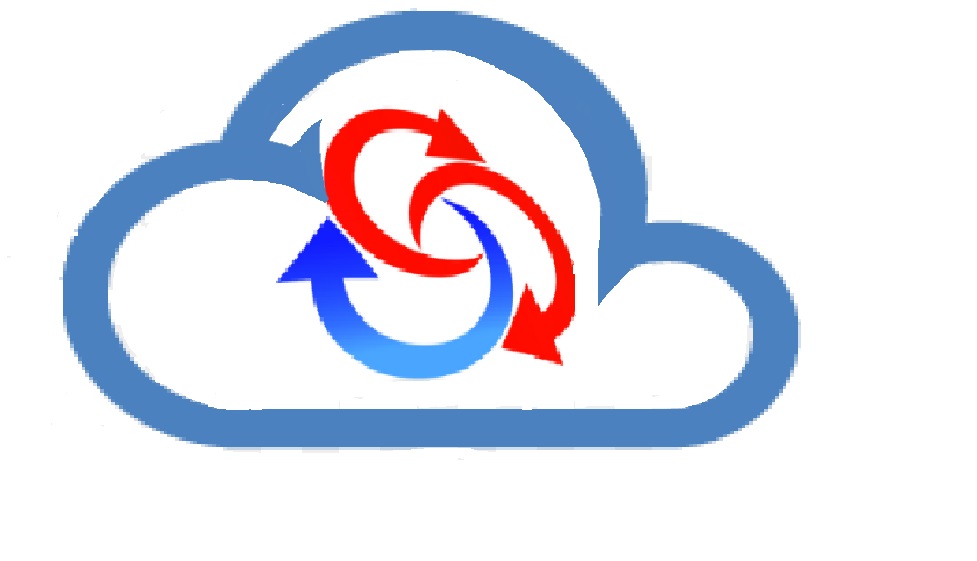Cloud Migration Services
Business Continuity In The Cloud.

Determining your cloud migration strategy
Our Cloud Migration Services are designed to support clients throughout the entire migration lifecycle, from initial assessment and planning to execution and post-migration support. We ensure minimal disruption to business operations through a structured approach, guided by best practices and industry standards. Whether you are migrating ERP systems, data warehouses, or custom applications, our team delivers a seamless transition with a strong focus on security, compliance, and business continuity.
Businesses need resilience and agility built into their infrastructures to stay ahead in today's fast-moving environment. Cloud-based enterprise software provides businesses with a secure and reliable platform that enables quick responses to opportunities and market needs. However, many business leaders are hesitant about moving enterprise applications to the cloud, thinking, "If it's not broken, don't fix it." The trouble is, what worked yesterday, may not work today and tomorrow. The good news is that organizations that have waited to make the move to the cloud, now have more opportunities than ever before to choose a path that best serves their strategic needs. This executive brief details why organizations should strongly consider moving to the cloud now, explores various cloud-migration options and strategies, and provides advice on what to look for from cloud service providers.
"We trust in Infor ION® because it will allow information to flow smoothly between our applications, third-party applications, and analytics—in a secure environment.”
Why you should move to the cloud
Moving to the cloud can provide organizations with significant business benefits, such as the ability to innovate faster, grow the business more aggressively, and even reduce risk by ensuring compliance is maintained. Moving to the cloud can also help organizations avoid scenarios that can cause damage to the business, such as:
- Critical system failure of aging on-premises hardware and infrastructure
- The loss of technical expertise for legacy applications
- Complexity in integrating systems from mergers and acquisitions
- Legacy bottlenecks that prevent the adoption of innovative technologies
- Inadequate resources to defend against increasingly sophisticated security breaches and malicious attacks
- Expanding IT costs caused by customizations, upgrades, and maintenance
Migrating to the cloud doesn't need to be an all-or-nothing proposition. The range of possible strategies outlined in this guide enable organizations to leverage technologies that improve business processes, while still relying on existing systems to deliver critical functionality that might not be quite ready to move to the cloud. Whether an organization's business systems are entirely in the cloud or exist in a hybrid environment, the cloud's security, innovation, and reliability are better able to evolve more quickly than virtually any on-premises-only implementation.
